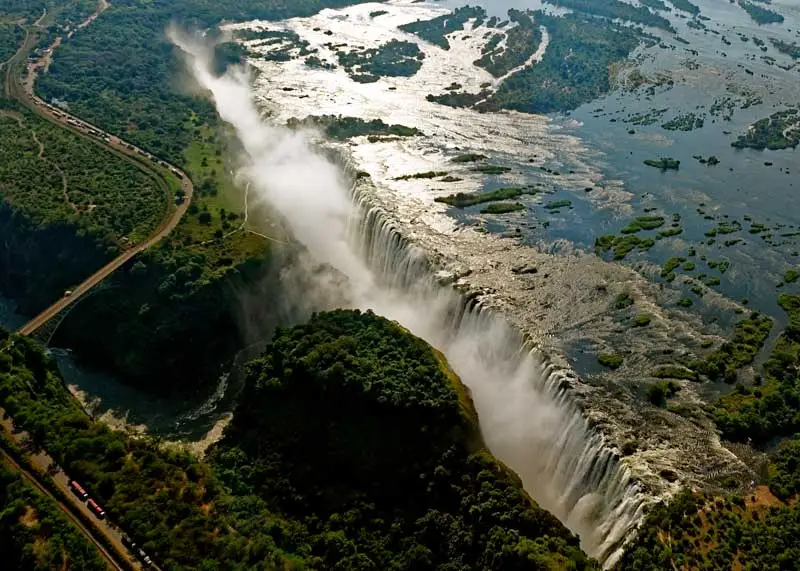Rivers are some of the most important features on Earth. They provide water for drinking, irrigation, and transportation. They also play a vital role in the global ecosystem.
From meandering through picturesque landscapes to carving through rugged terrains, rivers have shaped civilizations and ecosystems for millennia.
One of the most interesting things about rivers is their depth. Some rivers are very shallow, while others are incredibly deep. Here, we will take a look at the top 10 deepest rivers in the world.
10. Mississippi
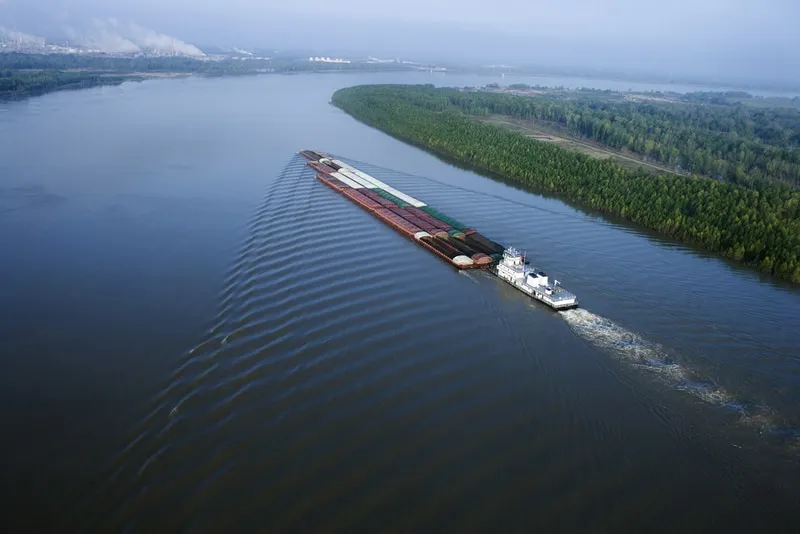
The depth of the Mississippi River is about 60 meters (200 feet). The Middle Mississippi River is a well-known feature that runs from St. Louis, in Missouri, to Cairo, Illinois. The area around the Mississippi River is the birthplace of water skiing and is also home to 25 per cent of the aquatic life found in North America. This makes an interesting fact about the river. The Mississippi River carries a lot of water and drains a big part of the United States. A lot of people visit the Mississippi River and its delta each year. Several river cruises go down the river, giving passengers stunning waterway views.
9. Hudson
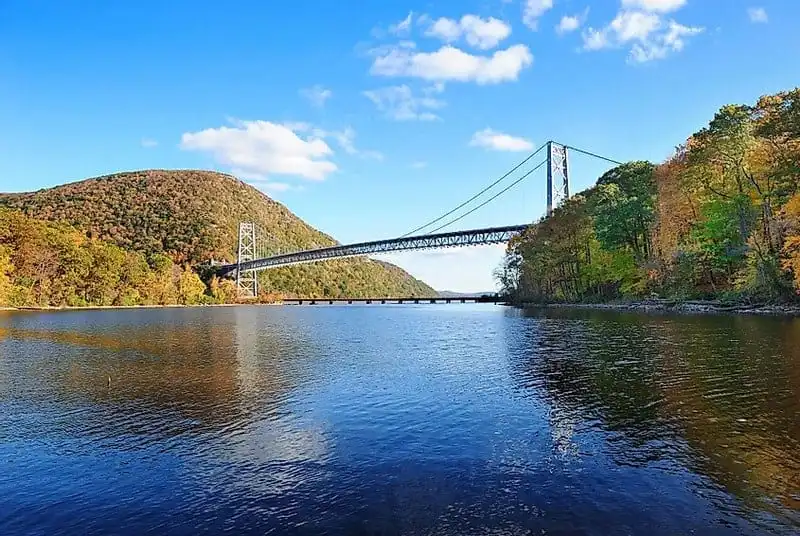
The Hudson River starts in the Adirondack Mountains at Lake Tear of the Clouds. This is in the upstate part of the state of New York. The river flows about 315 miles south to New York City, where it meets the Atlantic Ocean. The Hudson River is 315 miles long and 30 feet deep on average, but it goes down much further at its deepest point. It is the river with the deepest water in the United States. The place is named after Henry Hudson, an Englishman who was a sailor for the Dutch East India Company. This River is thought to have started somewhere between 13,000 and 26,000 years ago. Overall, the River is not very deep, but there are some parts that are very deep.
8. St. Lawrence
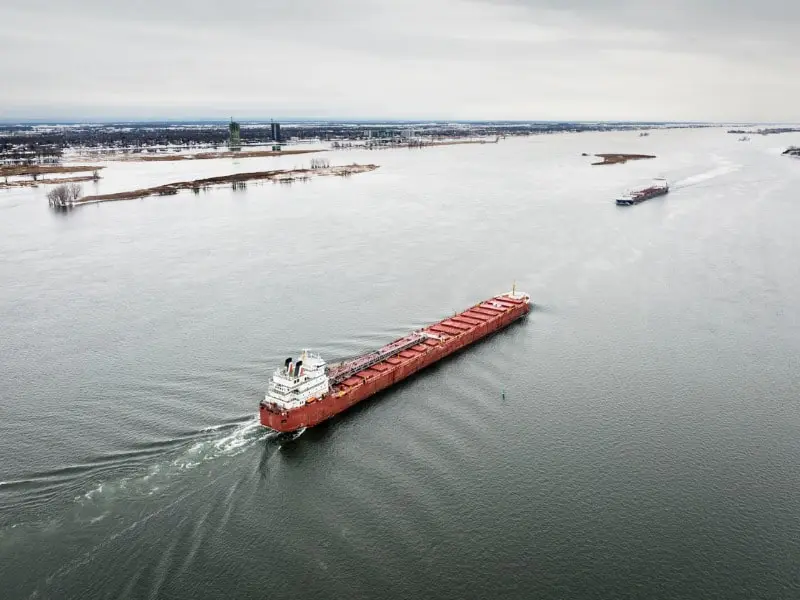
The Saint Lawrence River is one of the longest rivers in North America. Also, it is where all of the water from the Great Lakes system goes. The Great Lakes hold nearly 20% of all the freshwater in the world. From Lake Ontario to the Gulf of Saint Lawrence, the largest estuary in the world, the river goes 744 miles. Only 114 miles of the river flow through the state of New York. About 250 feet is how deep the river is at its deepest point. The Saint Lawrence River flows through Canadian and American land, making it a transnational waterway. It gives people on both sides of the river clean water to drink and is an important economic driver for places that depend a lot on tourism. At its current flow rate, the Saint Lawrence River carries away 347,849 cubic feet per second of water. The Thousand Islands area is the upper part of the St. Lawrence River
7. Yellow river
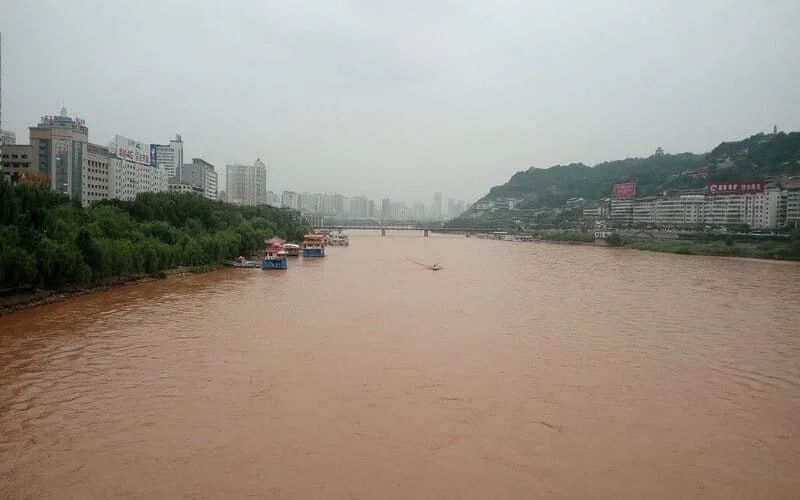
The Yellow River, also called the Huang He, is China’s second-longest River after the Yangtze River. It is about 5,464 kilometers long (3,395 mi). In total, it drains an area of about 795 million square kilometers. It reaches a depth of 17 feet at its deepest point. A public boat landing provides access to the water for guests to the park. Early in Chinese history, the Yellow River basin was the most prosperous area. It is considered the birthplace of ancient Chinese and, by extension, Far Eastern civilization. Ancient China began in this part of the world. Since the river bed is always being raised, sometimes to a higher level than the farm fields surrounding it, there are often big floods and changes in the river’s path.
6. Mekong
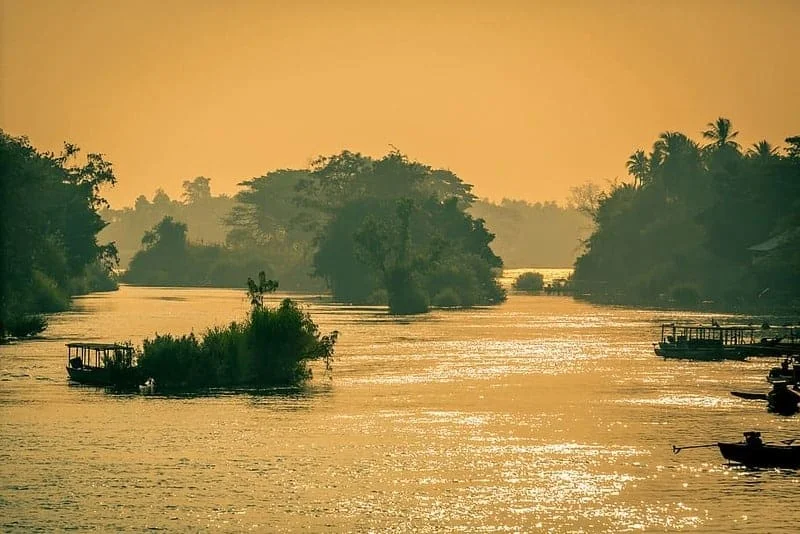
The Mekong is in Southeast Asia and is thought to be the lifeblood of the area. It gives the place a huge variety of plants and animals, especially fish, which are important to the people who live in the rural parts of the Mekong River basin. It also gives the area beautiful river landscapes. People say that the Mekong is the lifeblood of the room. People often say that the Mekong River is one of the world’s most beautiful rivers and waterways. The depth of the Mekong River changes quite a bit from one place to the next. In some parts of the Mekong River, there are deep pools that can be up to 90 meters (almost 300 feet) deep, but in other parts, the water can be as shallow as a few feet. It is one of the longest rivers in the world, with a length of 2,700 miles (4,350 km), and its basin drains an amazing 307,000 square miles (795, 125 square kilometres). Also, it goes through the land of six different countries.
5. Amazon

Amazon River is found in South america. More specifically, it goes through Peru and Colombia before it gets to Brazil. On the other hand, the river basin of the Amazon River goes through a few other countries and drains an area that is about 6.6 million square kilometres. At the “mouth of the Atlantic,” the Amazon River flows into the Atlantic Ocean. Before the Amazon River flows into the ocean, it forms a large delta. The average discharge rate is 209,000 m3/s, the highest in the world. It is about 100 meters deep at its deepest point. The Amazon River is still home to many different kinds of animals and plants. It also gives water to millions of people.
4. Zambezi
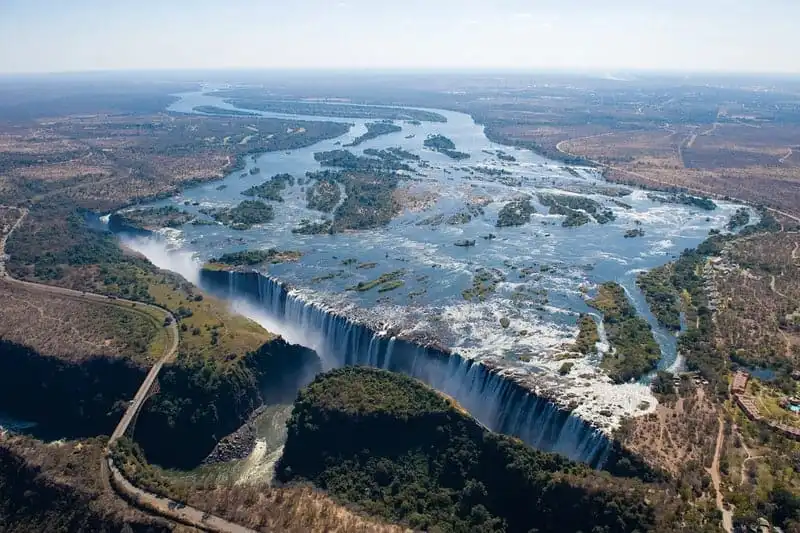
The Zambezi River is a big draw for tourists, but it is also a lifeline and a steady source of money for millions of people. It is thought to be one of Africa’s most interesting rivers. On its long journey across Africa, it has seen many different kinds of landscapes and dealt with several problems. It is, without a doubt, a crown jewel of Africa. The Zambezi River is the fourth largest River on the African continent. It has a catchment area of about 1,390,000 km2 and a length of about 2,700 kilometres. It is one of the deepest rivers because it goes down more than 381 feet. On its way to the Indian Ocean, the River changes direction nearly three times by 180 degrees. Victoria Falls are the most popular place for tourists along the River. They are known as one of the widest waterfalls in the world.
3. Danube
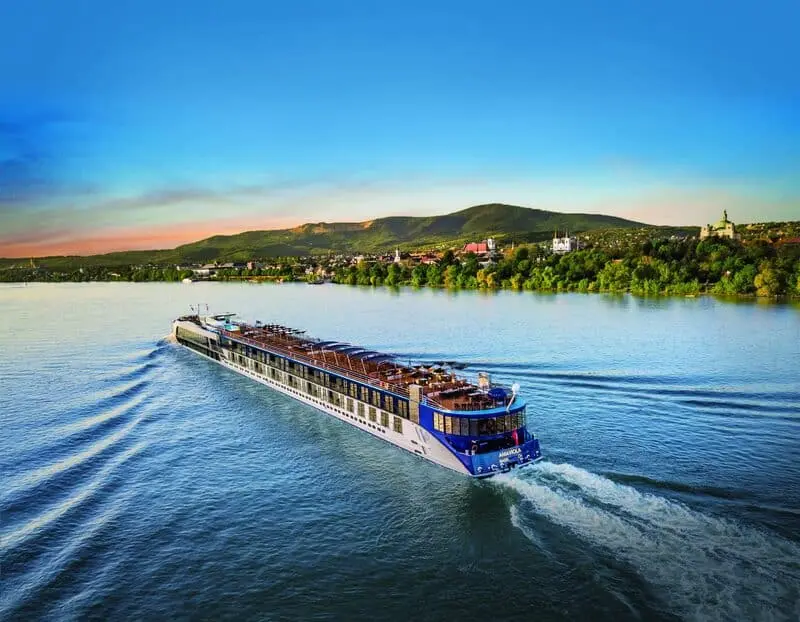
The Danube River is as deep as 584 ft. The Danube is a river that travels from Germany to the Black Sea in an easterly direction. The basin of the river extends across southern and eastern Europe. Some of the most prominent European cities are along its banks, including Vienna and Budapest. Since it is so deep, ocean carriers can easily sail the river even though it stretches long distances. River transport contributes millions of dollars to the GDP of the countries that they pass through. The Danube basin contains many archaeological sites dating back thousands of years and was the location of some of the earliest human settlements in Europe.
2. Yangtze
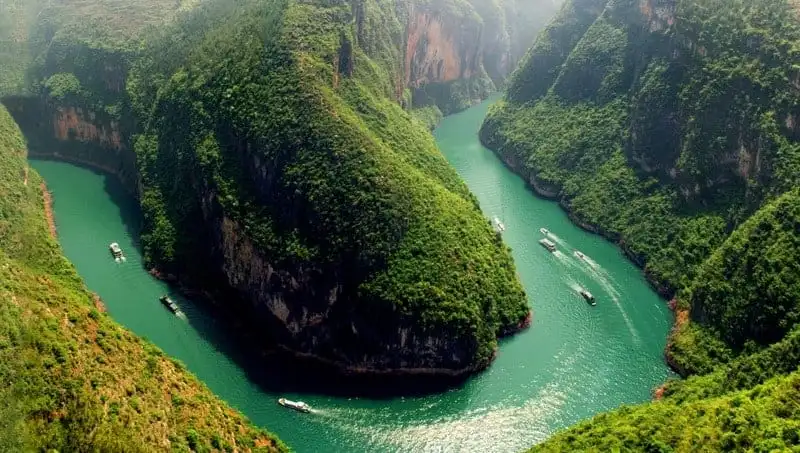
One of the rivers considered to be the deepest in the world is the Yangtze River, located in Asia. The Yangtze River has a depth of 656 feet (199.9 meters). The Qinghai-Tibet plateau is where the Yangtze River, the third-longest River in the world, begins its journey toward the East. The Yangtze River is home to the largest hydropower facility in the world and is responsible for over forty per cent of China’s gross domestic product.
1. The Congo river
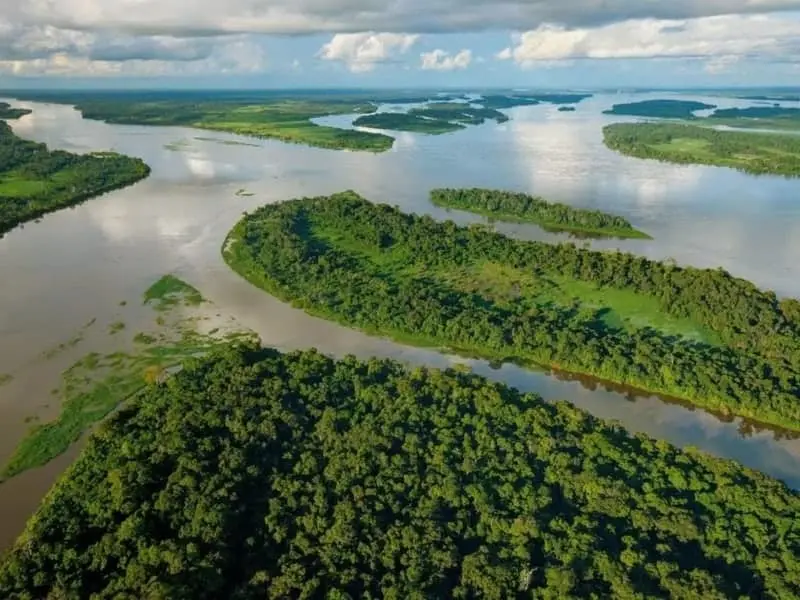
The Congo River, which is sometimes called the Zaire River, is the deepest in the world, both at its deepest point and on average. West-Central Africa is where the Congo River flows. In the Lower region, the Congo River is 720 feet deep between Pool Malebo, east of Brazzaville, and Pioka. These places are in the Democratic Republic of the Congo. The river’s average depth along its entire length of 2,920 miles (4,700 kilometres) is between 32.8 and 262.4 feet (10 – 80 meters). This huge area is also home to the tropical rainforest that is the second-largest in the world. Within its borders, both the natural and cultural worlds are very well represented.
From the mysterious depths of the Congo River to the cultural significance of the Ganges, each river offers a unique story and vital resources for the regions they traverse.
The connection of nature and human civilization along these waterways is a testament to the intricate relationship between humans and the environment.
These are just a few of the deepest rivers in the world. These rivers are all fascinating and important features of the Earth’s landscape.
They provide us with water, transportation, and a home for many different species of plants and animals.
